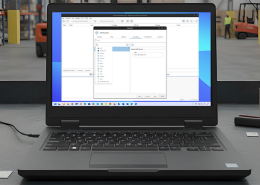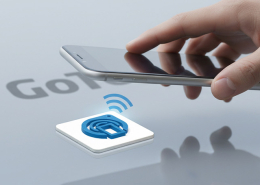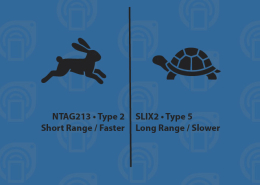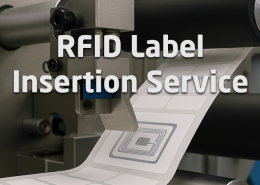NFC Chip Mirroring
Contents
Related
NXP NTAG 21356 Chip Mirroring
NXP NTAG 213, 215 and 216 chips all support UID and counter mirroring. When mirrored, the UID consumes 14 bytes of sequential data, one byte for each character in the UID. The counter will consume 6 bytes. When both mirroring types are enabled, a separation byte, 0x78 (“x”), is added between the two values, resulting in 21 bytes of data. If either option is enabled, when the tag is read, the chip will respond with this data, starting at the specified page and byte, instead of the memory contained at that location.
- Start Page – The page of memory where the mirrored data should begin. The number of pages varies based on the chip type
- Start Byte – The byte number within the start page where mirroring should begin (0-3)
When enabling mirroring on an NDEF record-encoded tag, it is recommended that filler data be encoded to the tag at the location where mirror data will be used, so that the NDEF structure remains intact. It is also recommended to avoid setting the start page to a location in memory that will cause the mirrored data to interfere with crucial NDEF configuration memory; otherwise, the tag could become unreadable for most NFC software. For NTAG21356, the first three pages and the last five pages should not be used for mirroring.



